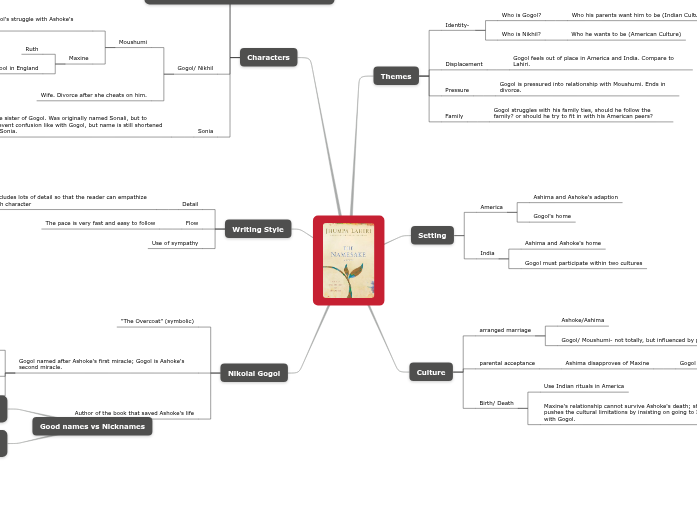Touring Bogota-History
Law
"Plaza de Bolivar"
1948:
With the death of Jorge Eliécer Gaitán, the square becomes the scene of the burning of trams and trenches for the soldiers.
1842
I begin the construction of the Headquarters of the Congress of the Republic
1538 a 1583:
The pillory was built, a column of stone where people received punishment and punishment.
Hundreds of years ago it was the scenario for executions
On July 20, 1846, the Congress of the Republic placed a statue of General Simon Bolivar
After independence, it was called Plaza de la Constitución, official name since 1821
It is the main square of the city of Bogotá and Colombia.
It is the meeting point of protesters and the place to be missed for national and foreign tourists
"Gol Museum"
Rooms
The offering
Cosmology and symbolism.
The work of metals
Exhibits pieces of different indigenous cultures settled in present-day Colombia before the arrival of the Europeans, among which are
The tairona
The Zenu
The Nariño
The Calima
It is located in Santander Park-1939
"Quinta de Bolivar"
It is located in the town of La Candelaria, Bogota
-
Simon bolivar
1918
it became Museum
Constitution of 1821 "rights"
conformed by three large departments: Cundinamarca, Venezuela and Quito.
freedom of expression.
progressive liberation from slavery.
It was a gift for achieving Independence
"Casa del florero"
1810 - From that day began to organize a free territory of the Spanish kingdom
began to create independent laws for what is now Colombia
"Scream of Independence"
The loan of a vase by the Spanish merchant José González Llorente to Luis de Rubio is denied.
July 20, 1810,
The Creoles wanted independence from the Spanish.
It is located in the Plaza de Bolivar
It shows the history of Colombia's independence and all the objects that have to do with it,
It was one of the buildings surviving the Bogotazo









